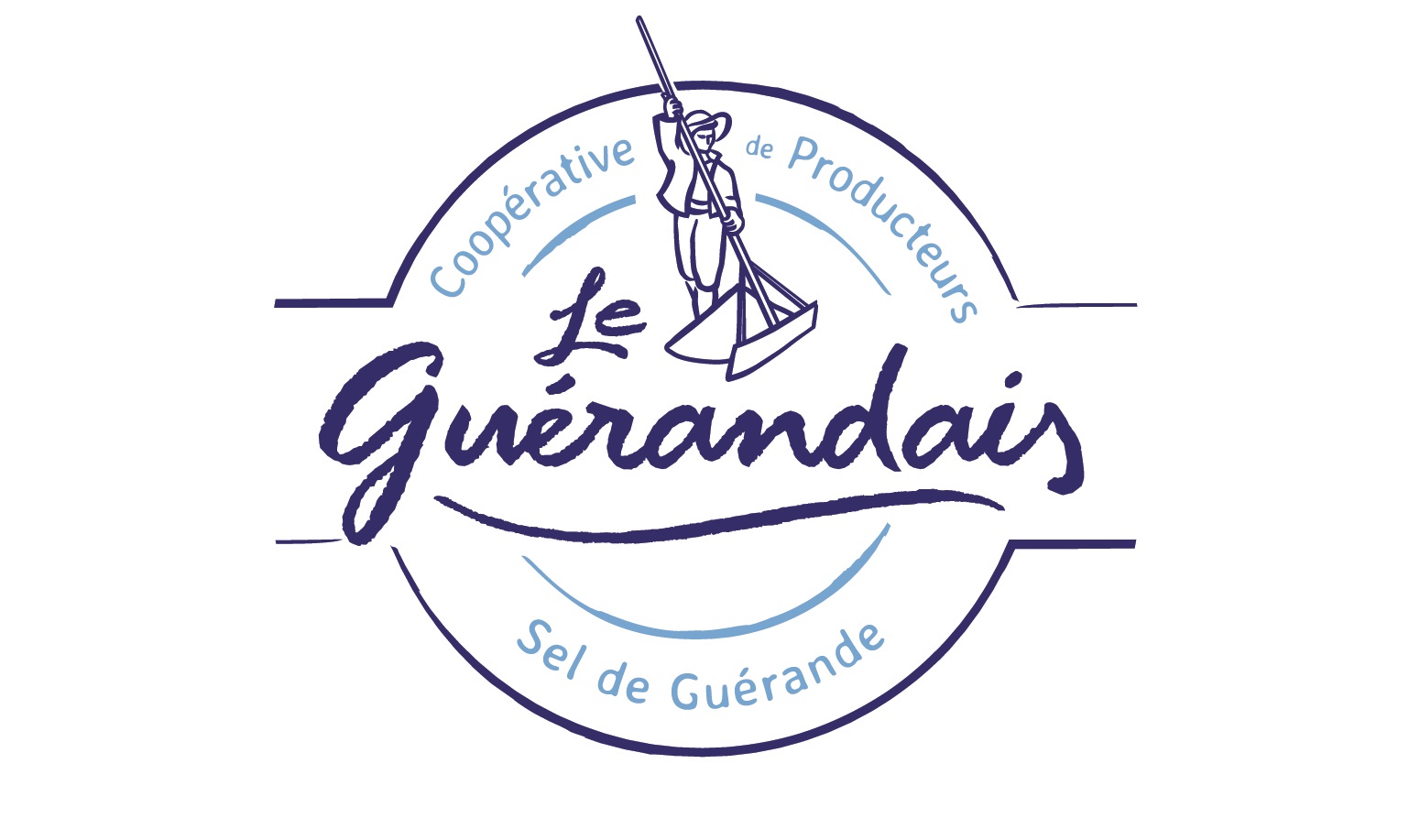1. Introduction: The Power of Pattern Recognition in Learning and Innovation
Pattern recognition is a fundamental cognitive ability that allows humans—and increasingly machines—to identify regularities in data, nature, and design. It underpins skills from basic problem-solving to advanced technological innovations. Recognizing patterns helps us simplify complex information, predict outcomes, and create aesthetic or functional designs. Across disciplines, it fuels breakthroughs in science, technology, and art.
Historically, pattern recognition has evolved alongside human civilization. Ancient mathematicians discovered numerical sequences and geometric arrangements, laying the groundwork for modern science. Today, with the advent of computers and artificial intelligence, pattern detection has become more sophisticated, enabling us to analyze massive datasets and unlock hidden insights. This article explores this fascinating journey—from mathematical principles to natural phenomena, culminating in modern applications exemplified by the artistry of gemstone cuts.
Contents
- Foundations of Pattern Recognition: Mathematical Principles and Concepts
- Recognizing Patterns in Mathematics: Strategies and Techniques
- Transition from Mathematics to Nature: Patterns in the Natural World
- Modern Applications of Pattern Recognition: From Scientific Research to Technology
- «Crown Gems» as a Case Study: Recognizing and Appreciating Complex Patterns in Jewelry
- Non-Obvious Insights: Deepening Understanding of Pattern Recognition
- Practical Exercises and Examples to Cultivate Pattern Recognition Skills
- Conclusion: Embracing Pattern Recognition for Innovation and Appreciation
2. Foundations of Pattern Recognition: Mathematical Principles and Concepts
a. Basic combinatorial principles: Understanding permutations and arrangements
At the core of many pattern recognition tasks lies combinatorics—the mathematics of counting and arrangements. For example, permutations describe the different ways items can be ordered. The total number of permutations of n distinct objects is given by n! (n factorial), calculated as n × (n – 1) × … × 1. This principle helps in understanding arrangements such as the order of gemstones in a jewelry setting or the sequence of signals in a data stream.
b. Geometric and optical patterns: Snell’s window and critical angles in underwater optics
Patterns also emerge in physics and optics. Snell’s window, a phenomenon observed underwater, occurs because of the critical angle at which light refracts. When sunlight hits water at angles greater than this critical point, it creates a circular « window » through which we see the sky, exemplifying environmental pattern recognition. Recognizing these optical patterns is essential for designing underwater cameras or understanding natural light behavior.
c. Numerical methods: Newton’s method for root finding and convergence properties
Numerical techniques such as Newton’s method illustrate how iterative algorithms detect patterns in data to approximate solutions. This method uses tangent lines to iteratively improve estimates for roots of equations. Its convergence properties depend on the pattern of the function, making it a prime example of pattern recognition in computational mathematics.
3. Recognizing Patterns in Mathematics: Strategies and Techniques
a. Visual and algebraic pattern identification
Mathematicians often identify patterns through visual representations like graphs or geometric constructions, and algebraic manipulations. For instance, recognizing the quadratic pattern in the sums of odd numbers or identifying Fibonacci sequences in recursive formulas allows for deeper insights and simplifications.
b. Symmetry, recursion, and invariance as tools for pattern detection
Symmetry—such as rotational or mirror symmetry—helps in understanding geometric patterns. Recursion, where a pattern repeats on a smaller scale, appears in fractals and recursive algorithms. Invariance, properties that remain unchanged under transformations, aids in identifying fundamental structural patterns.
c. The role of algorithms in automating pattern recognition
Algorithms automate the detection of patterns, facilitating complex analysis. For example, permutation generation algorithms help explore all possible arrangements, while root-finding algorithms like Newton’s method systematically identify solutions, demonstrating how computational tools extend human perceptual capabilities.
4. Transition from Mathematics to Nature: Patterns in the Natural World
a. Examples of natural patterns: Fibonacci sequences, fractals, and crystallography
Nature abounds with patterns rooted in mathematical principles. The Fibonacci sequence appears in sunflower seed arrangements, pinecones, and shells, optimizing space and resource distribution. Fractals like cauliflower or coastlines exhibit self-similarity across scales, while crystallography reveals symmetric lattice structures fundamental to minerals and gemstones.
b. Optical phenomena: Snell’s window as an example of environmental pattern recognition
Snell’s window exemplifies how environmental patterns emerge from physical laws. Recognizing such optical patterns enables scientists and engineers to develop better underwater imaging systems or study marine environments. These natural phenomena serve as inspiration for designing optical devices that mimic or utilize environmental patterns.
c. How natural patterns inspire mathematical models and vice versa
The interplay between natural and mathematical patterns fosters innovation. For example, the study of fractals originated from natural observations and led to mathematical formalizations that now underpin computer graphics and signal processing. Recognizing these patterns enhances our understanding of the natural world and guides technological advances.
5. Modern Applications of Pattern Recognition: From Scientific Research to Technology
a. Data analysis and machine learning: Pattern detection in big data
In the era of big data, algorithms identify patterns to extract meaningful insights. Machine learning models detect trends, classify information, and predict outcomes—transforming industries from finance to healthcare. Recognizing patterns in complex datasets is crucial for innovation and decision-making.
b. Optical engineering: Utilizing understanding of light patterns for innovations
Understanding optical patterns such as critical angles and light refraction enables the design of advanced lenses, fiber optics, and imaging systems. Innovations like laser communications or underwater cameras rely on precise pattern recognition of light behavior, showcasing the practical significance of these principles.
c. Enhancing entertainment and aesthetics: «Crown Gems» as a metaphor and example of pattern beauty
Patterns are also celebrated in art and aesthetics. The intricate cuts and symmetry of gemstones—like those in «Crown Gems»—highlight the harmony of mathematical proportions and natural beauty. Recognizing and appreciating such patterns deepen our aesthetic experience and understanding of craftsmanship. For instance, the brilliance of a well-cut diamond results from precise geometric arrangements that maximize light reflection, embodying the intersection of art and science. To explore these principles further, visit this gem slot is brilliant.
6. «Crown Gems» as a Case Study: Recognizing and Appreciating Complex Patterns in Jewelry
a. The design process: Patterns, symmetry, and mathematical principles in gemstone cuts
Jewelry designers employ mathematical concepts like symmetry, geometric proportions, and fractal patterns to craft visually stunning and balanced gemstone cuts. The precision required in faceting reflects an understanding of optical physics and pattern harmony, ensuring maximum brilliance and aesthetic appeal.
b. The role of pattern recognition in value assessment and craftsmanship
Gemologists evaluate a gemstone’s value by analyzing pattern qualities such as symmetry, clarity, and light reflection—each rooted in mathematical and natural principles. Recognizing these intricate patterns certifies craftsmanship quality and enhances appreciation for the artistry involved.
c. How «Crown Gems» exemplify the intersection of art, mathematics, and natural patterns
Modern jewelry like those in «Crown Gems» showcases how natural crystal structures, mathematical harmony, and artistic design coalesce. These pieces serve as tangible examples of timeless pattern principles, illustrating how science and art unite to create objects of beauty and value.
7. Non-Obvious Insights: Deepening Understanding of Pattern Recognition
a. Cognitive science: How the brain perceives and processes patterns
Neuroscience reveals that the human brain is wired to detect patterns rapidly, facilitating learning and survival. Areas like the visual cortex are specialized for recognizing shapes, symmetry, and sequences, enabling us to interpret complex visual and abstract data efficiently.
b. Limitations and challenges: When patterns deceive or lead to errors
Despite its power, pattern recognition can sometimes deceive us—an illusion or pareidolia causing us to see familiar shapes where none exist. These errors highlight the importance of critical analysis and scientific validation in distinguishing genuine patterns from superficial ones.
c. Emerging fields: Pattern recognition in quantum computing and artificial intelligence
Cutting-edge research explores pattern recognition at quantum scales, promising breakthroughs in processing power. Similarly, AI systems increasingly mimic human pattern detection, enabling advancements in natural language understanding, image recognition, and autonomous decision-making.
8. Practical Exercises and Examples to Cultivate Pattern Recognition Skills
a. Puzzles and games: Permutation challenges and optical illusions
Engaging with puzzles like the Tower of Hanoi or optical illusions sharpens pattern recognition. These activities challenge your brain to identify underlying structures and sequences, improving both visual and logical pattern detection abilities.
b. Real-world activities: Analyzing natural and engineered patterns in everyday life
Observe patterns in architecture, nature, and technology—such as the spiral of a sunflower, the symmetry of a butterfly’s wings, or the arrangement of tiles. Recognizing these patterns enhances observational skills and deepens appreciation for design and natural order.
c. Applying mathematical tools: Using permutations, geometric optics, and numerical methods to solve problems
Practicing with tools like permutation calculators, optical experiments, or root-finding algorithms develops intuitive understanding of pattern behavior. These skills are directly applicable in research, engineering, and creative design.
9. Conclusion: Embracing Pattern Recognition for Innovation and Appreciation
From the basic principles of permutations and geometric patterns to the intricate designs of jewelry like «Crown Gems», pattern recognition is a bridge linking mathematics, natural phenomena, and human creativity. It empowers us to decipher complexity, innovate solutions, and appreciate the inherent beauty in structure and form.
« Recognizing patterns is not just a technical skill—it’s a gateway to understanding the harmony underlying our universe. »
By cultivating curiosity and analytical observation, we can unlock new insights and foster innovations across disciplines. Whether in scientific research, technological development, or appreciating the artistry of natural and crafted objects, pattern recognition remains a vital tool for progress and wonder.







